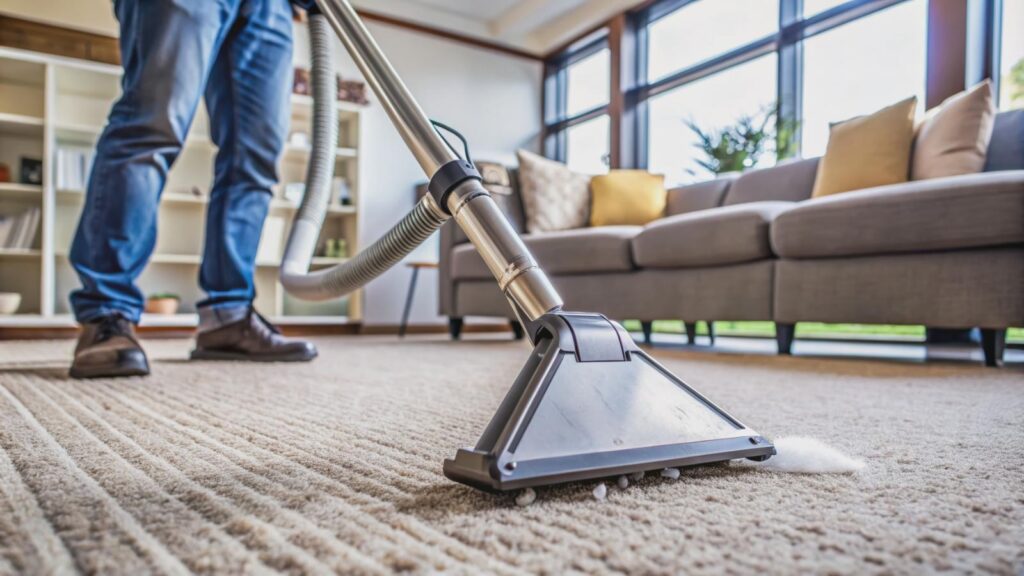
Contents
When it comes to handling emergency water extraction services, imagine yourself as a skilled conductor orchestrating a symphony of efficient processes. From swift response times to meticulous equipment usage, each step plays an essential role in the successful restoration of water-damaged properties. However, there is one key factor that often goes unnoticed but can make all the difference in the outcome. Let’s explore this critical element that can elevate your water extraction game to the next level and guarantee a seamless restoration process.
Key Takeaways
- Quick response minimizes damage and mold growth.
- Proper equipment maintenance ensures efficient extraction.
- High-capacity pumps speed up water elimination.
- Thorough inspection aids in developing a restoration plan.
- Professional dehumidifiers aid in effective drying.
Quick Response Time
When faced with a water emergency, every moment matters. Emergency preparedness is key to minimizing the impact of water damage on your property.
In situations where water damage occurs, quick response time is essential for effective water damage restoration. Acting promptly can prevent further structural damage, mold growth, and other costly consequences.
Professional water damage restoration services understand the significance of rapid response. Upon contacting a restoration company, they’ll swiftly mobilize a team equipped with the necessary tools and expertise to address the water emergency.
These experts are trained to assess the extent of the damage promptly and develop a strategic plan for extraction and drying.
Proper Equipment Usage
To ensure effective water extraction and restoration, proper equipment usage is key. When it comes to emergency water extraction services, using equipment correctly can make a significant difference in the outcome of the restoration process. One essential aspect of proper equipment usage is regular maintenance. Ensuring that all extraction tools are well-kept and in good working condition is necessary for efficient water removal.
Furthermore, following safety protocols while operating water extraction equipment is crucial. Safety measures such as wearing appropriate protective gear, adhering to operational guidelines, and being cautious around electrical sources can prevent accidents and injuries during the extraction process. Prioritizing safety not solely protects the technicians performing the extraction but also contributes to a smoother and more effective restoration process overall.
Regular equipment maintenance and adherence to safety protocols go hand in hand to ensure a successful water extraction operation. By taking care of the equipment and prioritizing safety, you can enhance the efficiency of the extraction process and minimize risks. Remember, proper equipment usage isn’t merely about getting the job done; it’s about completing it effectively and safely.
Efficient Water Extraction Techniques
Proper upkeep and safety measures establish the groundwork for efficient water elimination services. When it comes to effective water elimination methods, maximizing extraction effectiveness is key to reduce harm and restore your property promptly. Employing the appropriate water removal techniques can make a notable difference in the outcome of the elimination process.
One fundamental technique for efficient water elimination is using potent extraction equipment. High-capacity pumps and extractors can swiftly eliminate substantial amounts of water, hastening the elimination process and preventing additional water damage. These tools are engineered to effectively extract water from various surfaces, including rugs, solid floors, and partitions.
Another successful water elimination method is the utilization of specialized drying gear. Following the initial water extraction, utilizing industrial-grade dehumidifiers and air movers can aid in eradicating residual moisture trapped in the impacted areas. This proactive approach assists in preventing mold growth and structural damage resulting from prolonged exposure to moisture.
Furthermore, proper extraction methods entail thorough removal from all impacted areas, including hard-to-access spots like corners and beneath furniture. By ensuring exhaustive water elimination, you can alleviate potential long-term issues and expedite the drying process.
Incorporating these elimination techniques into your water damage restoration procedure can greatly enhance the overall efficiency and effectiveness of the elimination services rendered.
Thorough Inspection and Assessment
Conducting a thorough inspection and evaluation is the foundational step in the water damage restoration process. Water damage assessment involves carefully examining the affected areas to determine the extent of the damage. This step includes identifying the source of water intrusion, evaluating the affected materials, and categorizing the water damage to implement the appropriate restoration plan. Utilizing advanced moisture detection tools, professionals can pinpoint hidden pockets of moisture that may lead to mold growth if left untreated.
Additionally, structural damage evaluation is vital during the inspection process. Evaluating the structural integrity of the building helps in determining the safety of the affected area and identifying any potential hazards.
Analyzing structural damage also aids in developing a detailed restoration strategy to secure the property is restored to its pre-loss condition.
Furthermore, mold prevention is a key aspect of the inspection and evaluation phase. By promptly addressing water damage and thoroughly drying the affected areas, professionals can prevent mold growth. Implementing mold prevention measures early on can save time and costs associated with mold remediation in the future.
Effective Drying and Dehumidification
For effective water damage restoration, ensuring thorough and efficient drying and dehumidification is necessary. Moisture control plays a vital role in preventing further damage and mold growth after water extraction. Once the excess water has been removed, the next step is to focus on drying out the affected areas completely.
Utilizing professional-grade dehumidifiers and high-powered drying equipment, water restoration specialists work to eliminate any remaining moisture trapped in walls, floors, and other structures. By strategically placing dehumidifiers in key locations, they can expedite the drying process and prevent the development of mold and mildew.
To enhance the effectiveness of drying and dehumidification, experts may also employ moisture control techniques such as proper ventilation and monitoring humidity levels. By creating ideal airflow and maintaining appropriate humidity levels, the risk of secondary damage due to excess moisture is greatly reduced.
Incorporating prevention strategies, like ensuring proper insulation and addressing any leaks or structural issues, can further aid in maintaining a dry and healthy environment post-water damage restoration. By following these effective drying and dehumidification practices, you can expedite the restoration process and minimize the long-term effects of water damage on your property.
Wrap-Up
To sum up, by following these effective tips for emergency water extraction services, you can guarantee a swift and successful restoration process. Remember, just as a ship navigates through rough waters with a skilled captain at the helm, your home can weather any storm with expert care and attention. Trust in the expertise of trained professionals, utilize proper equipment, and act swiftly to minimize damage and restore your property back to its pre-loss condition.
Recent Posts
Your Trusted Guide to Flood Damage Repair
It’s essential to act quickly and methodically to mitigate any further issues from flood damage.
Comprehensive Flood Damage Repair Process Explained
Flood damage repair can seem like an insurmountable task, but it’s important to tackle it
What Is the Step-by-Step Flood Damage Repair Process?
When you face flood damage, evaluating the damage, extracting water, and drying the area are
